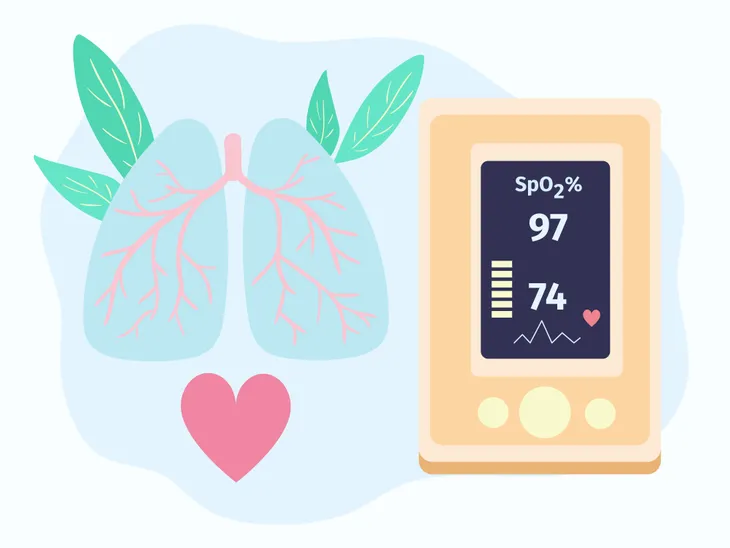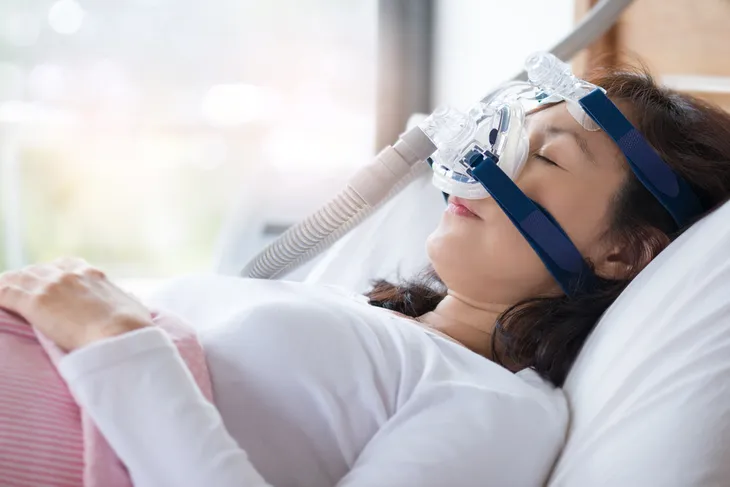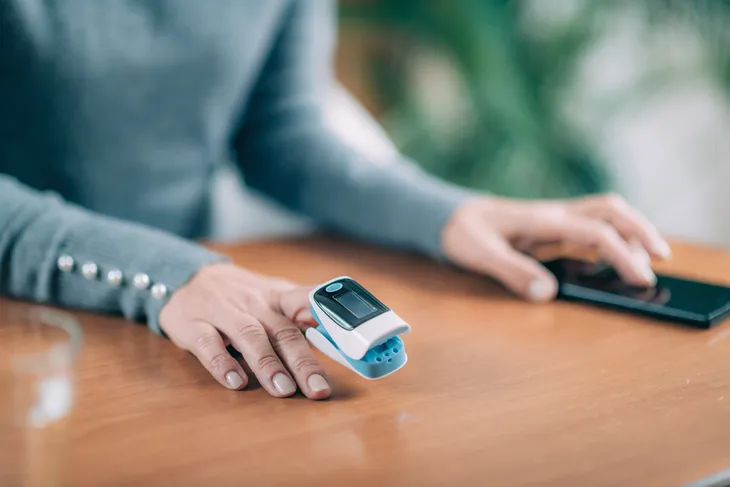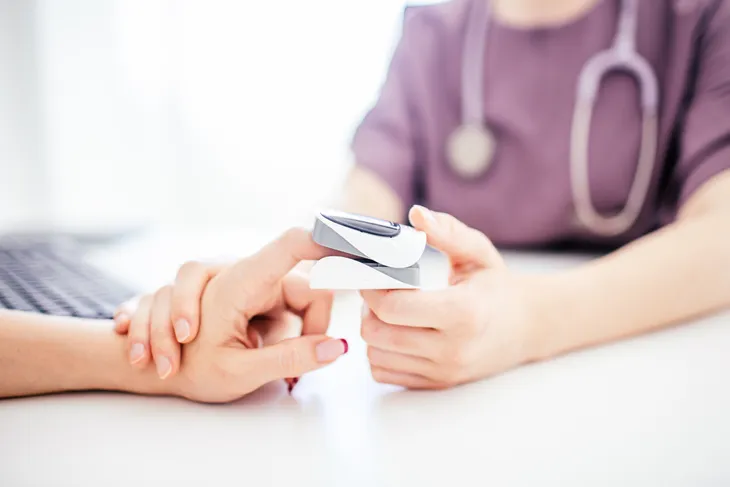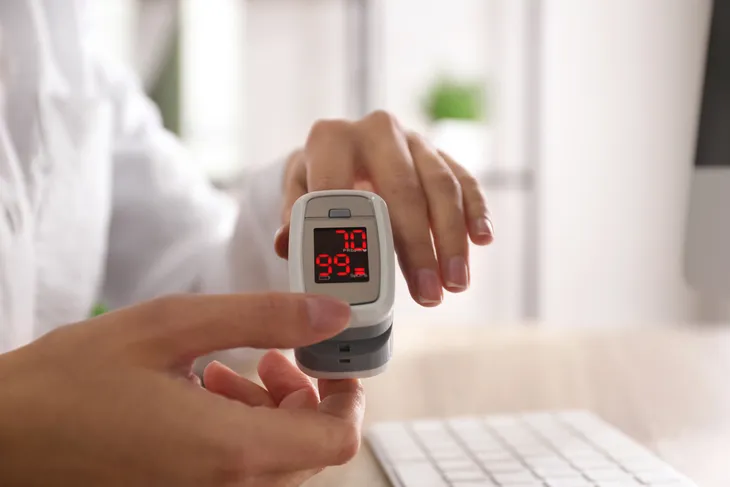Having the correct amount of oxygen in your blood is important to function normally. However, it’s not really possible for a person to judge how much oxygen is present in their body without having the right device to help measure it. A clip-on pulse oximeter can fairly accurately report your oxygen levels, and certain groups of people in particular can benefit from this device at home.
Read on to learn more about pulse oximeters, and how they can be a useful tool for your health along with proper care.
Who Should Get One?
If you have been given a clean bill of health from your doctor, obviously, there’s no rush to go out and buy a pulse oximeter. But the device is especially helpful for those that have a condition that affects oxygen levels, explains John Hopkins Medicine.
For example, those who have lung cancer, asthma, chronic obstructive pulmonary disease (COPD), or heart failure can all fall into this category, notes the source. It can also help measure oxygen levels in people with other conditions, such as viral pneumonia or other viruses (low blood oxygen can also be related to diabetes).
Other Factors Causing Blood Oxygen Levels to Drop
There are other situations and health conditions that can cause oxygen saturation in the blood to drop, according to Medical News Today. For example, getting general anesthesia for a medical procedure can affect blood oxygen levels.
In terms of other medical conditions, sleep apnea can negatively impact blood oxygen as can allergic reactions, notes the source. You could also have low blood oxygen levels following an episode of choking or inhaling poisonous chemicals.
How Does Low Blood Oxygen Affect Me?
If you’ve been admitted to a medical facility, you may have your oxygen levels measured using other methods, such as an arterial blood gas (ABG) test. But using a pulse oximeter at home might give you some insight into some of the symptoms you’re feeling.
For example, according to Medical News Today, low blood oxygen levels can cause headaches, dizziness, chest pain, high blood pressure, and a rapid heartbeat among other alarming symptoms, which may need the attention of a doctor to treat them and determine whether it’s from a medical condition or an environmental cause.
Where Do I Find a Pulse Oximeter?
You don’t need to be admitted to a hospital to get the benefits of a pulse oximeter reading (but don’t hesitate to seek medical attention if you’re feeling unwell). The Cleveland Clinic explains that you can buy one online or from a reputable store such as a pharmacy or medical supply specialist.
The source also explains that a pulse oximeter can come in various styles and price points (WebMD says between $15 and $80), and some smart watches now also contain a version (although they might not be as reliable as the standalone medical device).
How Does it Work?
Without getting too scientific, pulse oximeters use two beams of LED light that pass through a translucent part of the body to get their readings, notes University of Iowa Health Care. One of the lights is red and the other is infrared. “Absorption of light at these wavelengths differs significantly between blood loaded with oxygen and blood lacking oxygen,” notes the source.
For example, the source explains that oxygenated hemoglobin (in red blood cells) absorbs more infrared light and allows more red light to pass through, while deoxygenated hemoglobin does the opposite. The device has an electronic processor on board.
How Do I Use a Pulse Oximeter?
Generally, these devices clip on to your finger, toe, or earlobe, explains Healthline. While you might feel some pressure from the clip, it’s mostly painless, adds the source. The device is kept on until you get an accurate reading of your pulse and oxygen levels, which could be longer if you’re trying to determine levels during physical activity.
Make sure the finger/toe you’re using is not too big for the device, as it could cause damage and an inaccurate reading. Also, remove any nail polish that can also interfere with the reading. In all cases, read the instructions that come with the device.
How Accurate is The Test?
According to Healthline, a high-quality (medical grade) pulse oximeter provides results that are “consistently” within a 2-percent range of the actual level. For example, if the reading is 82, your actual levels might range from 80-percent to 84-percent. (Anything under 92-percent indicates possible hypoxemia, it adds).
Meanwhile, Insider.com cites a 2016 study that compares the accuracy of pocket versus standard pulse oximeters. The research suggests the standard version had a precision error rate of 1.8-percent, while the pocket version had an error rate of 2.21-percent. The source says to check your own pulse as a comparison if you think the reading is off.

